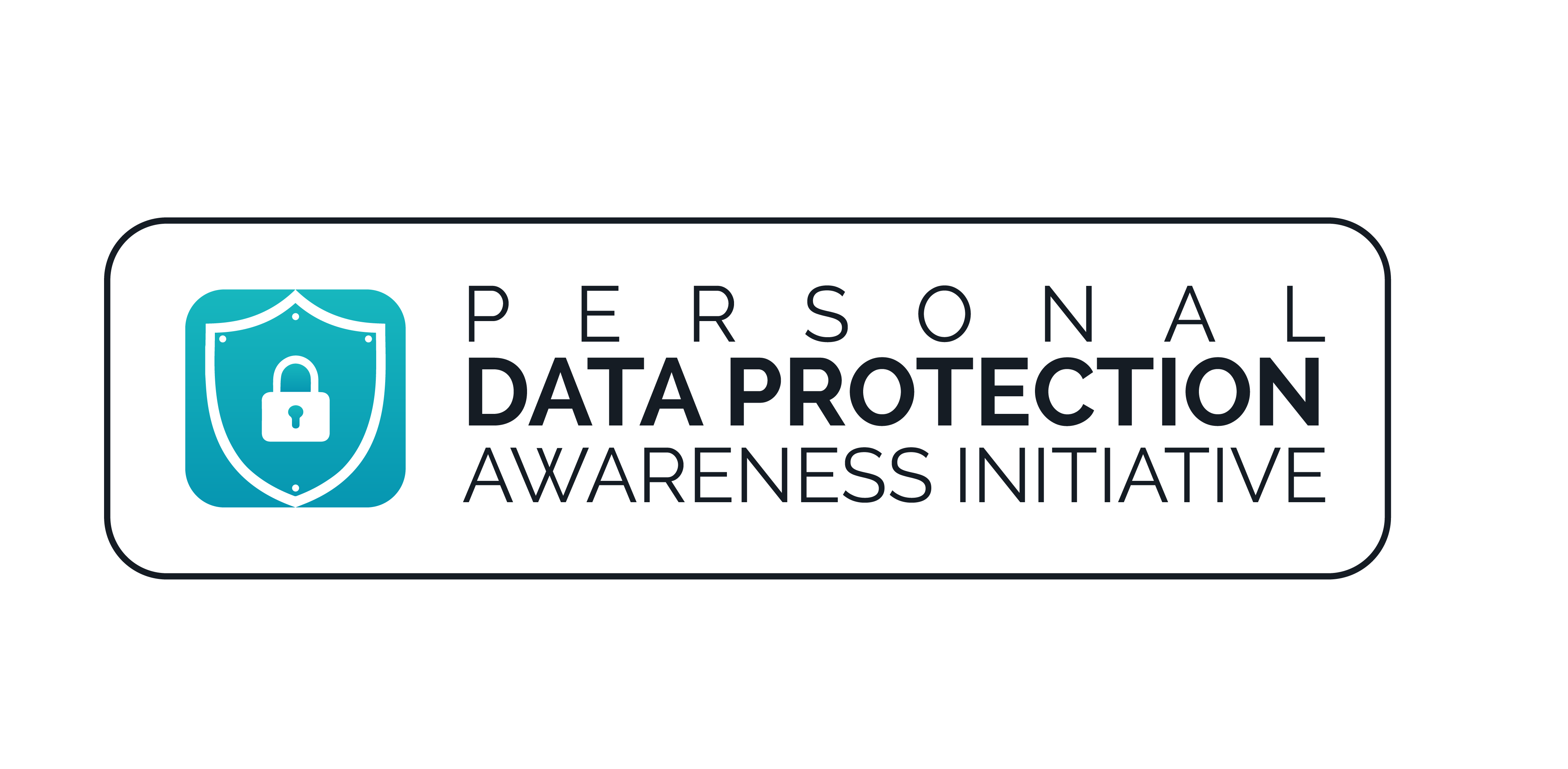
Facial Recognition: Friend or Foe to Privacy?
Our faces are becoming the new passwords. From unlocking phones with a glance to tagging friends in photos, facial recognition technology (FRT) is rapidly integrating into our daily lives. But while it offers convenience and security, concerns about privacy and misuse are growing louder.
This article explores the inner workings of FRT, examines the privacy risks associated with data collection, and seeks ways to harness its potential while protecting individual rights.
How Does Facial Recognition Work?
FRT systems are like digital detectives. They capture facial features from images or videos, aiming to identify or locate individuals. Applications like social media platforms and even some banks utilize FRT for Know Your Customer (KYC) procedures.
In 2023, the Nigerian government announced plans to implement FRT at airports for enhanced security and imposter identification. While its applications are vast, so are the privacy concerns surrounding data collection.
Beyond Unlocking Phones: The Mechanics of FRT
Most of us are familiar with FaceID on iPhones, but FRT goes far beyond unlocking smartphones. Here’s a breakdown of its working principle:
1. Detection: Cameras capture faces, individually or in crowds, from various angles. FRT algorithms then pinpoint potential faces within the images.
2. Analysis: This is where the magic happens. FRT typically relies on 2D images, comparing them to existing databases of photos. Specific facial features like eye spacing, jawline shape, and nose contours are analyzed to create a unique “faceprint.”
3. Matching: The faceprint is used for digital identification. It’s compared against a database of known individuals to verify a person’s identity.
Data Privacy Concerns
Imagine walking down the street, unaware that your face is being scanned and analyzed. This unsettling scenario is becoming increasingly common. FRT is rapidly infiltrating our everyday lives, and while it boasts security and convenience benefits, data privacy breaches loom large.
The main issue lies in the collection of facial data without consent. From CCTV cameras on city streets to social media apps silently collecting facial data, we leave digital footprints everywhere we go. The desire for anonymity, the ability to exist without constant surveillance, is a fundamental human right. Organizations typically display CCTV notices to comply with data privacy laws, but is that enough?
FRT raises critical questions about data collection, storage, and potential misuse. In the wrong hands, this technology could be used for discrimination, profiling, and even social control. Financial institutions using FRT for KYC without explicit consent could create sensitive databases vulnerable to breaches.
Harnessing the Power of FRT Responsibly
The answer lies in informed consent, as outlined in Section 30 of the Nigeria Data Protection Act (NDPA) and Article 9 of the General Data Protection Regulation (GDPR).
FRT usage should be clearly highlighted as part of the biometric data collected in your privacy policies. An active means of obtaining consent must be implemented, such as a checkbox requiring users to opt in.
Balancing Innovation and Privacy
Finding a balance between technological innovation and data privacy is a delicate act. Policymakers, developers, and privacy advocates must collaborate to create a safety net of regulations that protect individuals without stifling innovation.
While the general rule prohibits processing biometric data without consent, explicit consent provides a crucial exception. Building trust requires transparency about data collection and usage. Individuals should be clearly informed when their facial data is collected, how it’s used, and have the right to opt out.
Conclusion
The future of FRT hinges on the choices we make today. Will we allow unchecked innovation to compromise our privacy? Or will we find ways to harness its benefits while safeguarding our fundamental rights?
The dialogue around FRT will become even more fascinating when legal actions test the boundaries set by existing laws. Where are the privacy advocates? It’s time for legal actions to establish precedents that ensure the responsible use of this powerful technology.



